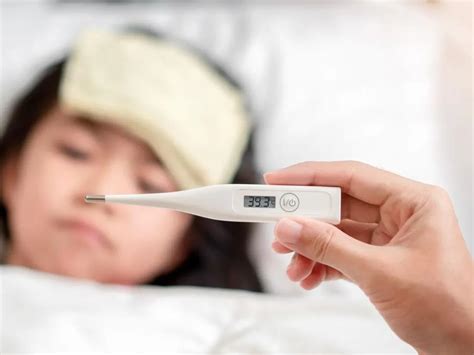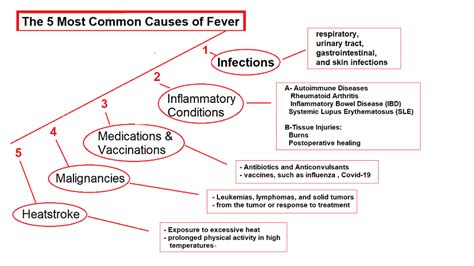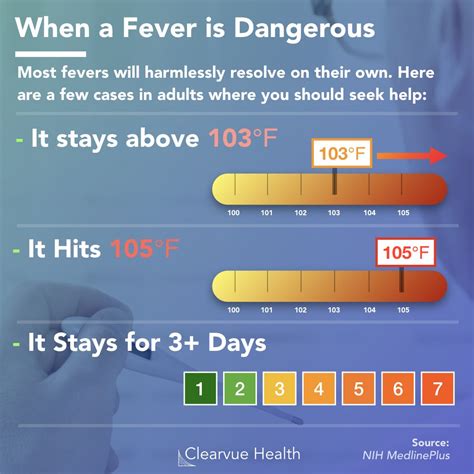Intro
Fever is a common symptom that can occur in anyone, regardless of age or health status. It is usually a sign that the body is fighting off an infection or illness. When it comes to fever, many people wonder what temperature is considered "bad" or when they should seek medical attention. A 103 fever, in particular, can be a cause for concern for some individuals. In this article, we will delve into the world of fever, exploring what it means to have a 103 fever, its potential causes, and when it is necessary to seek medical help.
Having a fever can be unsettling, especially if it reaches a high temperature like 103 degrees Fahrenheit. However, it is essential to understand that fever is a natural response of the body's immune system to infection or inflammation. The body's temperature regulation system is complex, and a fever is usually a sign that the body is working to fight off the underlying cause. In most cases, a fever will resolve on its own once the underlying infection or illness has been treated. Nevertheless, it is crucial to monitor the fever and seek medical attention if it persists or worsens over time.
The severity of a fever can vary greatly from person to person, depending on factors such as age, overall health, and the underlying cause of the fever. For example, a fever of 103 degrees Fahrenheit may be more concerning in an elderly person or someone with a weakened immune system than in a healthy adult. It is also important to note that fever can be a symptom of various conditions, ranging from mild to severe. Some common causes of fever include viral or bacterial infections, influenza, pneumonia, and other respiratory infections. In some cases, fever can be a sign of a more serious condition, such as meningitis, sepsis, or a severe allergic reaction.
Understanding Fever

What is a Normal Body Temperature?
Normal body temperature can vary slightly from person to person, but it is generally considered to be around 98.6 degrees Fahrenheit (37 degrees Celsius). However, body temperature can fluctuate throughout the day, with temperatures typically being lower in the morning and higher in the evening. It is also important to note that body temperature can be influenced by various factors, such as age, sex, and physical activity level. For example, older adults may have a lower body temperature than younger adults, while individuals who are physically active may have a higher body temperature due to increased metabolic rate.Causes of a 103 Fever

Some common causes of a 103 fever include:
- Viral infections, such as influenza or respiratory syncytial virus (RSV)
- Bacterial infections, such as pneumonia or sepsis
- Inflammatory conditions, such as meningitis or encephalitis
- Severe allergic reactions, such as anaphylaxis
- Autoimmune disorders, such as rheumatoid arthritis or lupus
When to Seek Medical Attention
It is crucial to seek medical attention if a fever of 103 degrees Fahrenheit persists or worsens over time, especially if it is accompanied by other symptoms such as headache, stiff neck, or difficulty breathing. Additionally, individuals with weakened immune systems, such as older adults or those with chronic medical conditions, should seek medical attention if they experience a fever of 103 degrees Fahrenheit. It is also essential to seek medical attention if a fever is accompanied by other concerning symptoms, such as: * Severe headache or stiff neck * Difficulty breathing or shortness of breath * Chest pain or cough * Severe abdominal pain or vomiting * Confusion or disorientationTreating a 103 Fever

Medical treatment for a 103 fever may involve antibiotics, antiviral medications, or other medications to address the underlying cause of the fever. In some cases, hospitalization may be necessary to provide supportive care and monitor the individual's condition.
Preventing Fever
Preventing fever can be challenging, as it is often a natural response to infection or illness. However, there are several steps that can be taken to reduce the risk of developing a fever, such as: * Practicing good hygiene, such as washing hands frequently and avoiding close contact with individuals who are sick * Getting vaccinated against infectious diseases, such as influenza or pneumonia * Avoiding sharing personal items, such as utensils or drinking glasses * Staying hydrated and getting plenty of rest to help boost the immune systemComplications of a 103 Fever

It is essential to seek medical attention if a fever of 103 degrees Fahrenheit persists or worsens over time, especially if it is accompanied by other concerning symptoms.
Long-term Effects of a 103 Fever
The long-term effects of a 103 fever can vary depending on the underlying cause of the fever and the individual's overall health. In some cases, a 103 fever can lead to long-term complications, such as: * Neurological damage, which can occur if the fever is extremely high or if it persists for an extended period * Organ damage, which can occur if the fever is severe or if it is accompanied by other symptoms such as difficulty breathing or chest pain * Immune system suppression, which can occur if the fever is caused by a viral or bacterial infectionIt is essential to seek medical attention if a fever of 103 degrees Fahrenheit persists or worsens over time, especially if it is accompanied by other concerning symptoms.
Conclusion and Next Steps

We invite you to share your thoughts and experiences with fever in the comments below. If you have any questions or concerns about fever or would like to learn more about this topic, please do not hesitate to reach out. Additionally, if you found this article informative and helpful, please consider sharing it with others who may benefit from this information.
What is a normal body temperature?
+Normal body temperature is generally considered to be around 98.6 degrees Fahrenheit (37 degrees Celsius), but it can vary slightly from person to person.
What are the common causes of a 103 fever?
+A 103 fever can be caused by a variety of factors, including viral or bacterial infections, influenza, pneumonia, and other respiratory infections.
When should I seek medical attention for a 103 fever?
+It is essential to seek medical attention if a fever of 103 degrees Fahrenheit persists or worsens over time, especially if it is accompanied by other concerning symptoms such as headache, stiff neck, or difficulty breathing.
How can I treat a 103 fever at home?
+Treating a 103 fever at home typically involves a combination of self-care measures, such as staying hydrated, resting, and taking over-the-counter medications to reduce fever and relieve symptoms.
What are the potential complications of a 103 fever?
+A 103 fever can lead to several complications, including dehydration, seizures, brain damage, and organ damage, especially if it is not treated promptly or if it persists for an extended period.
